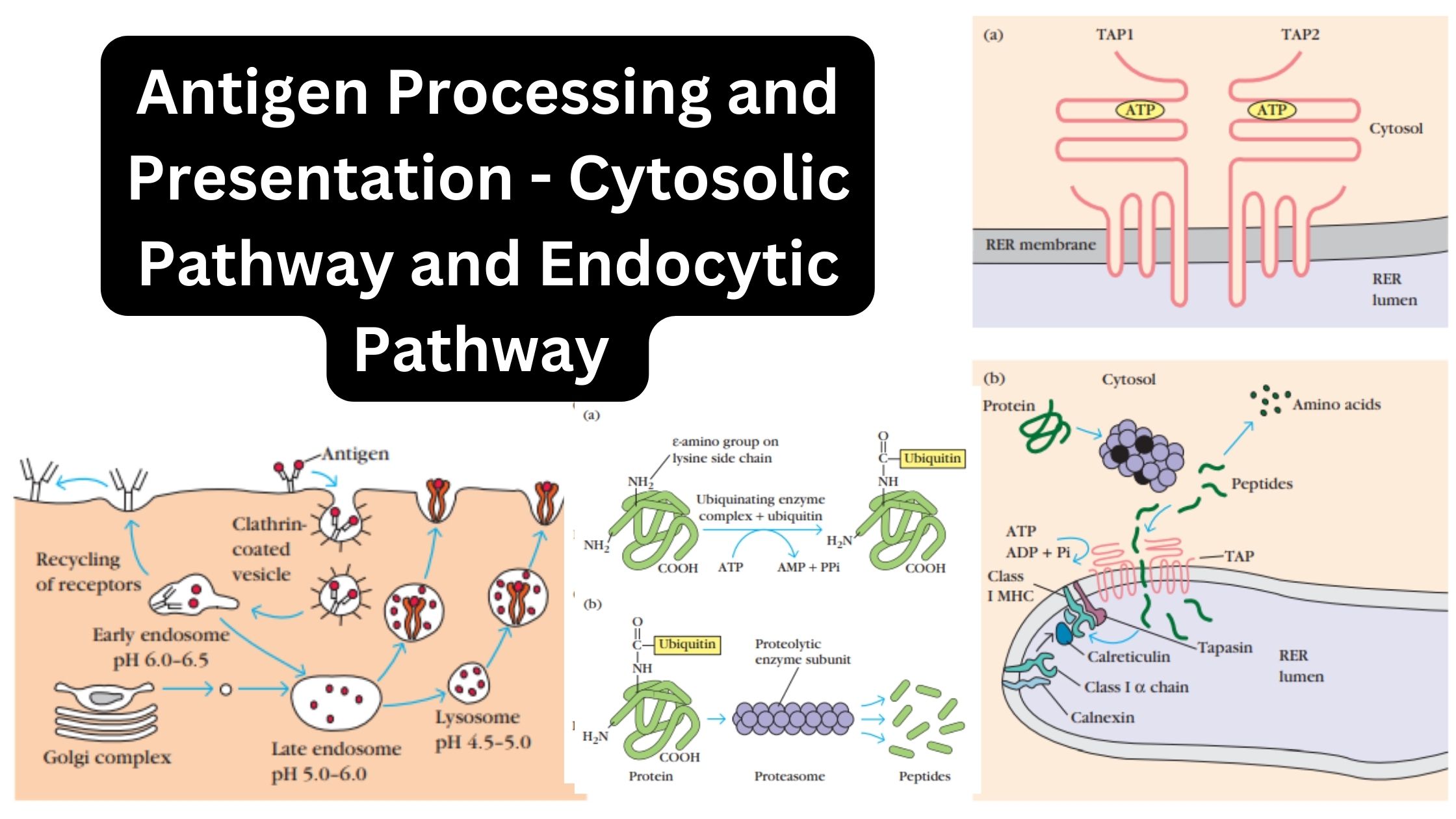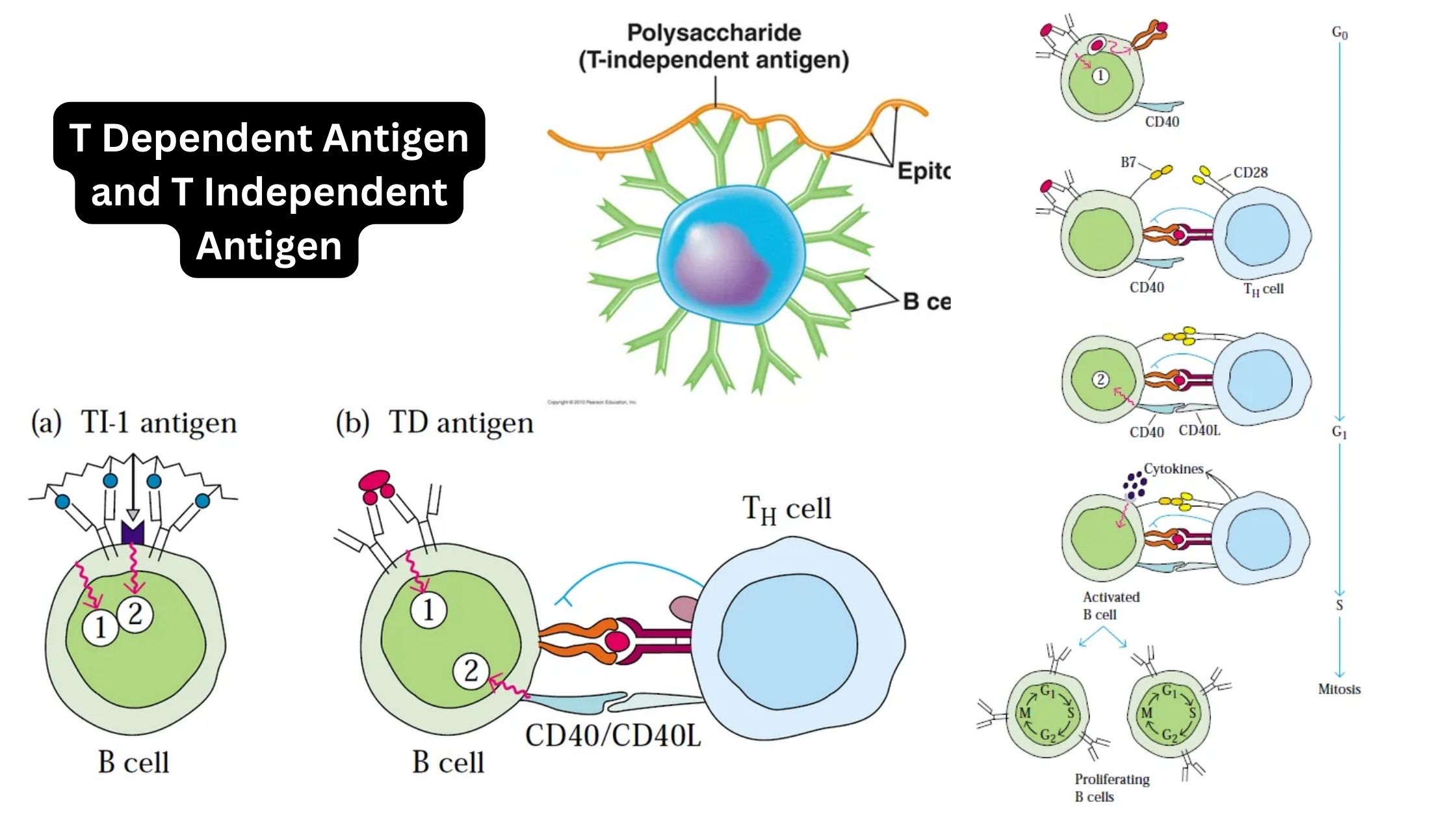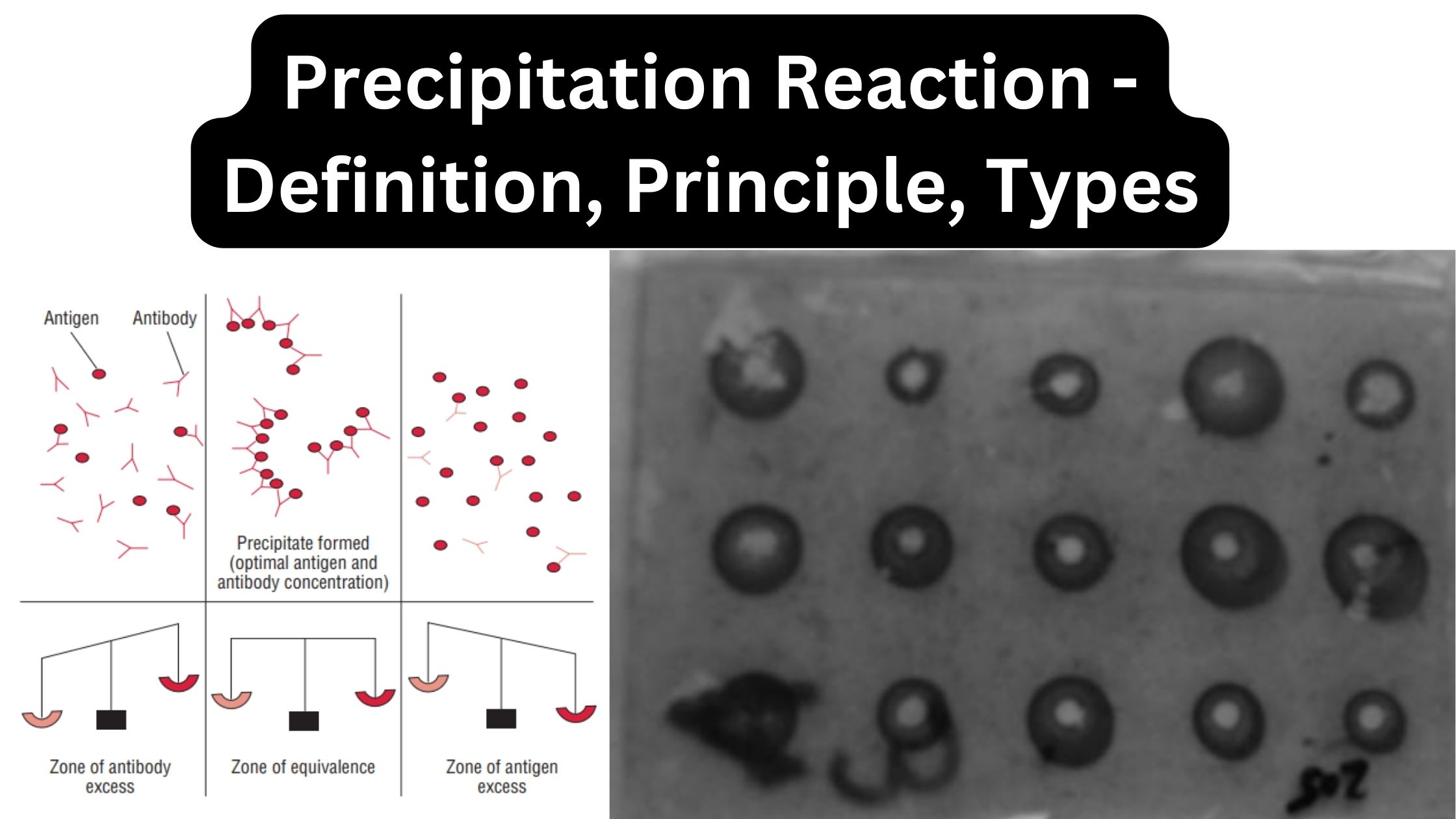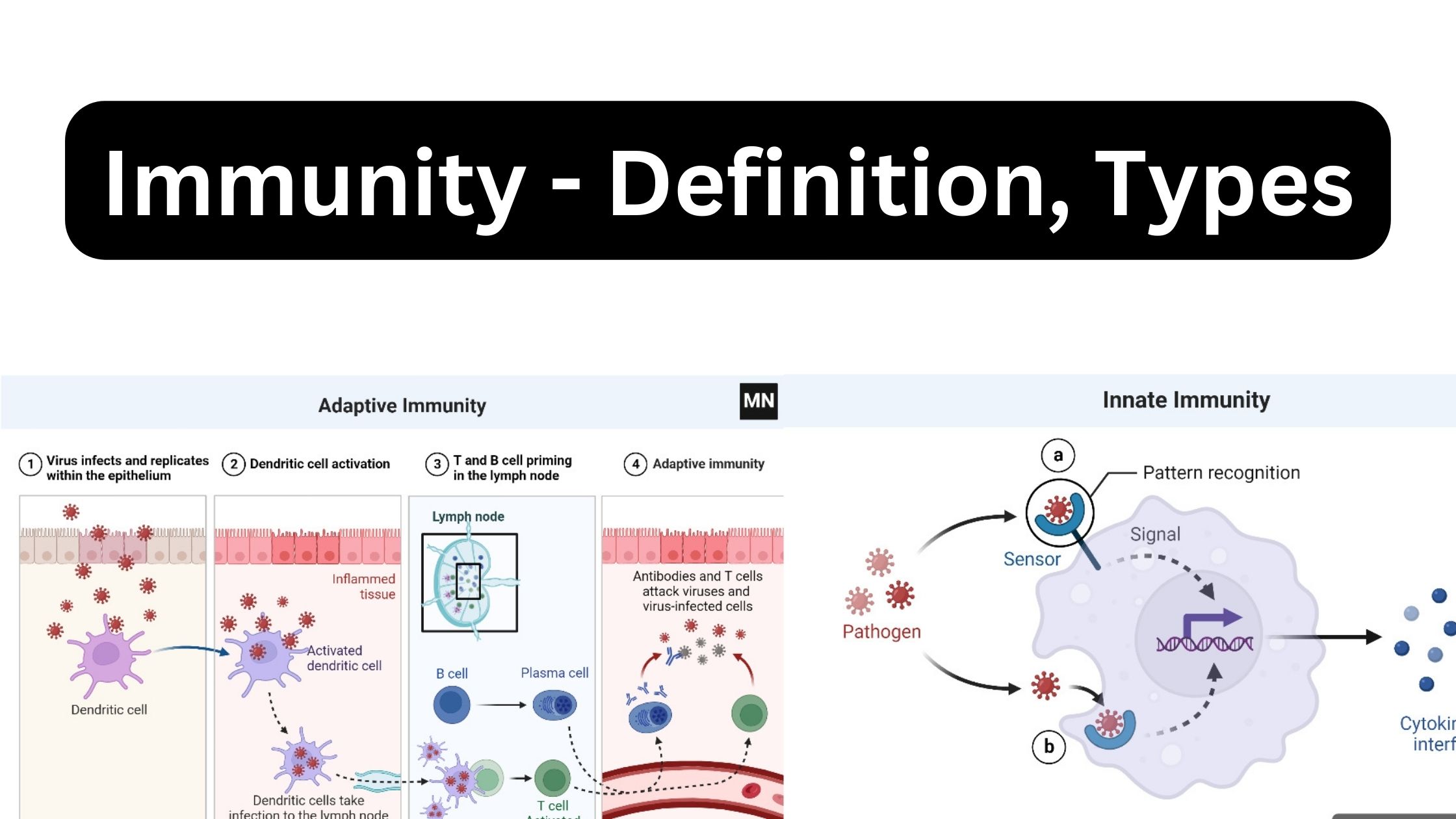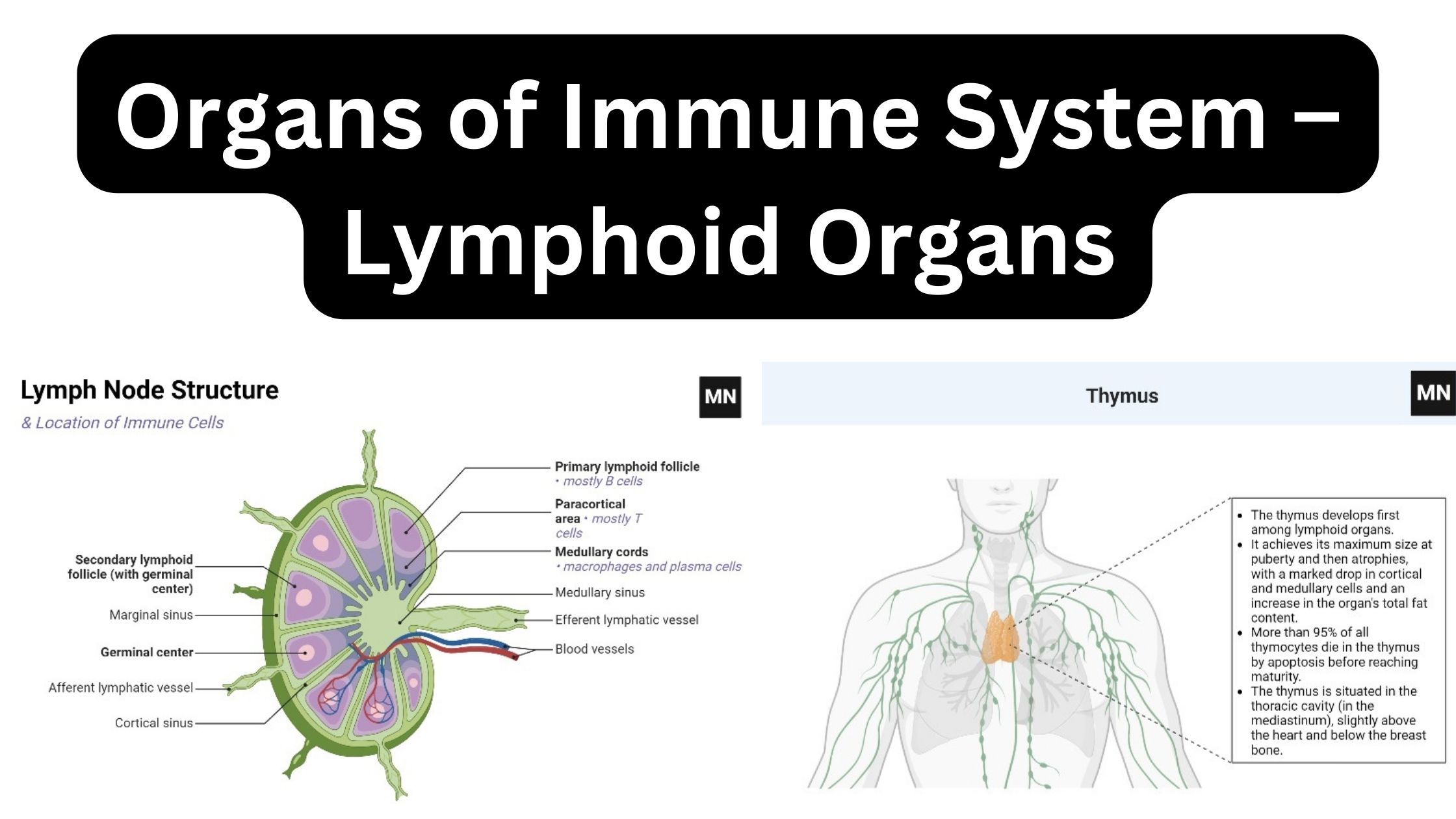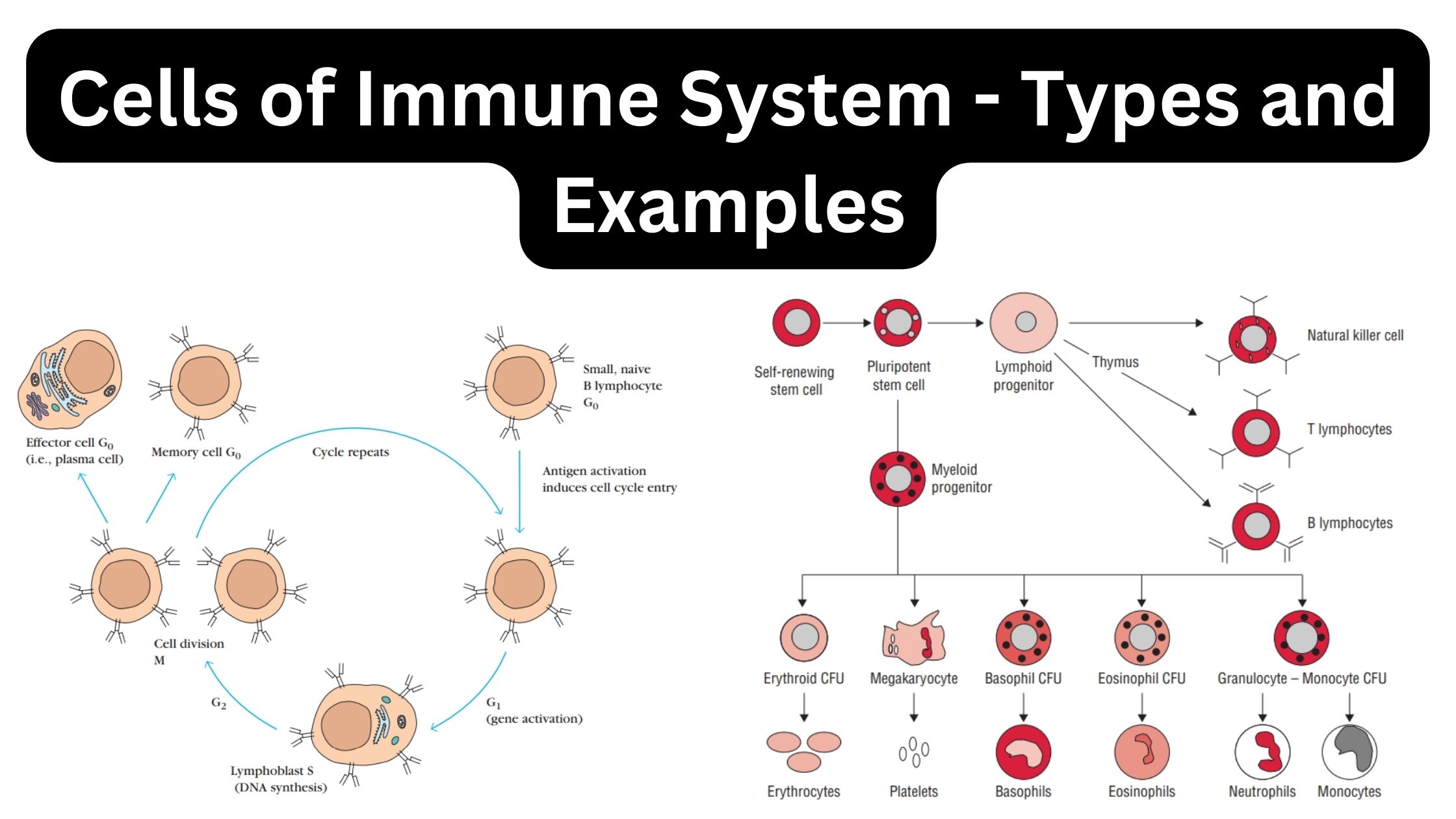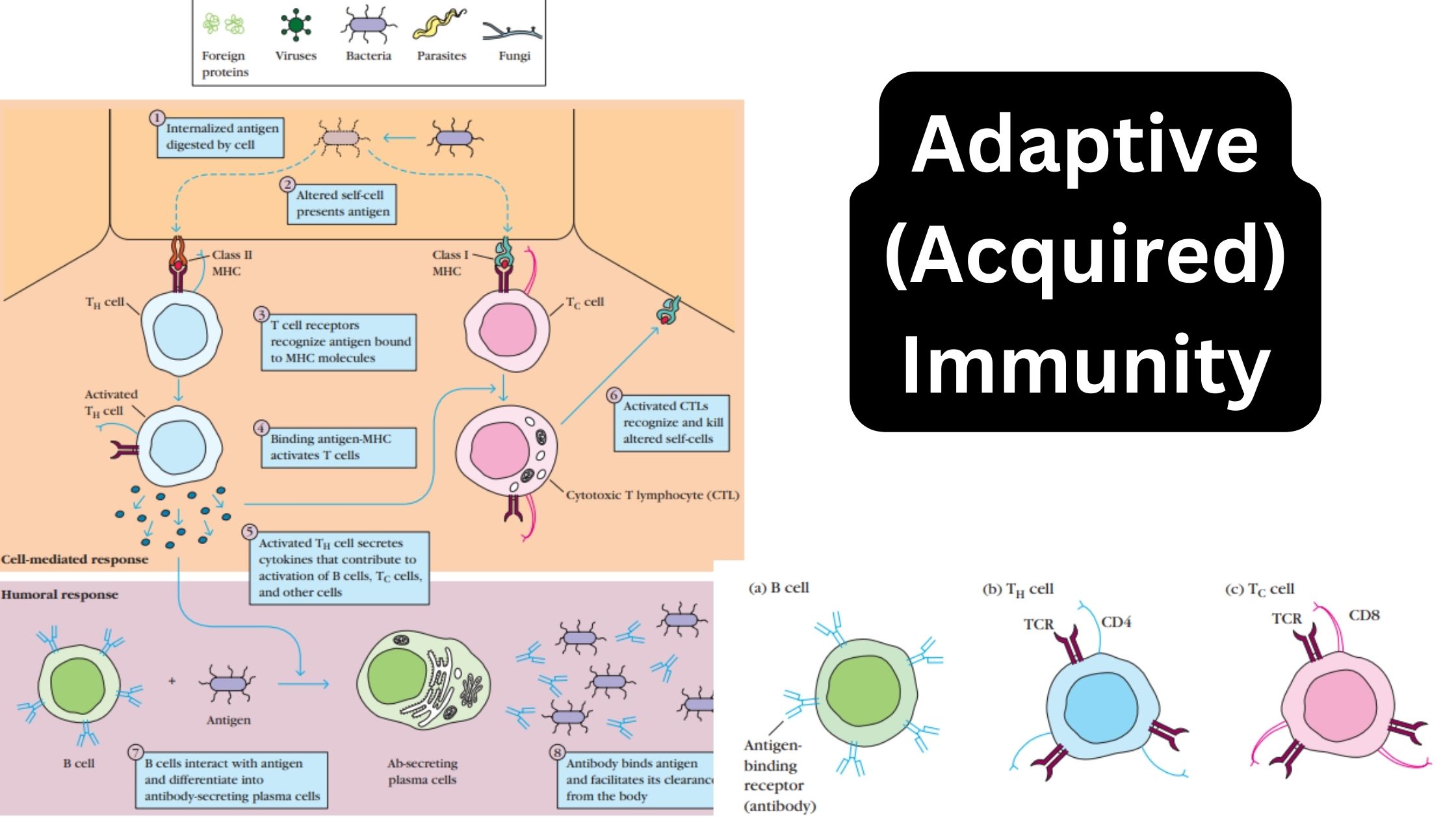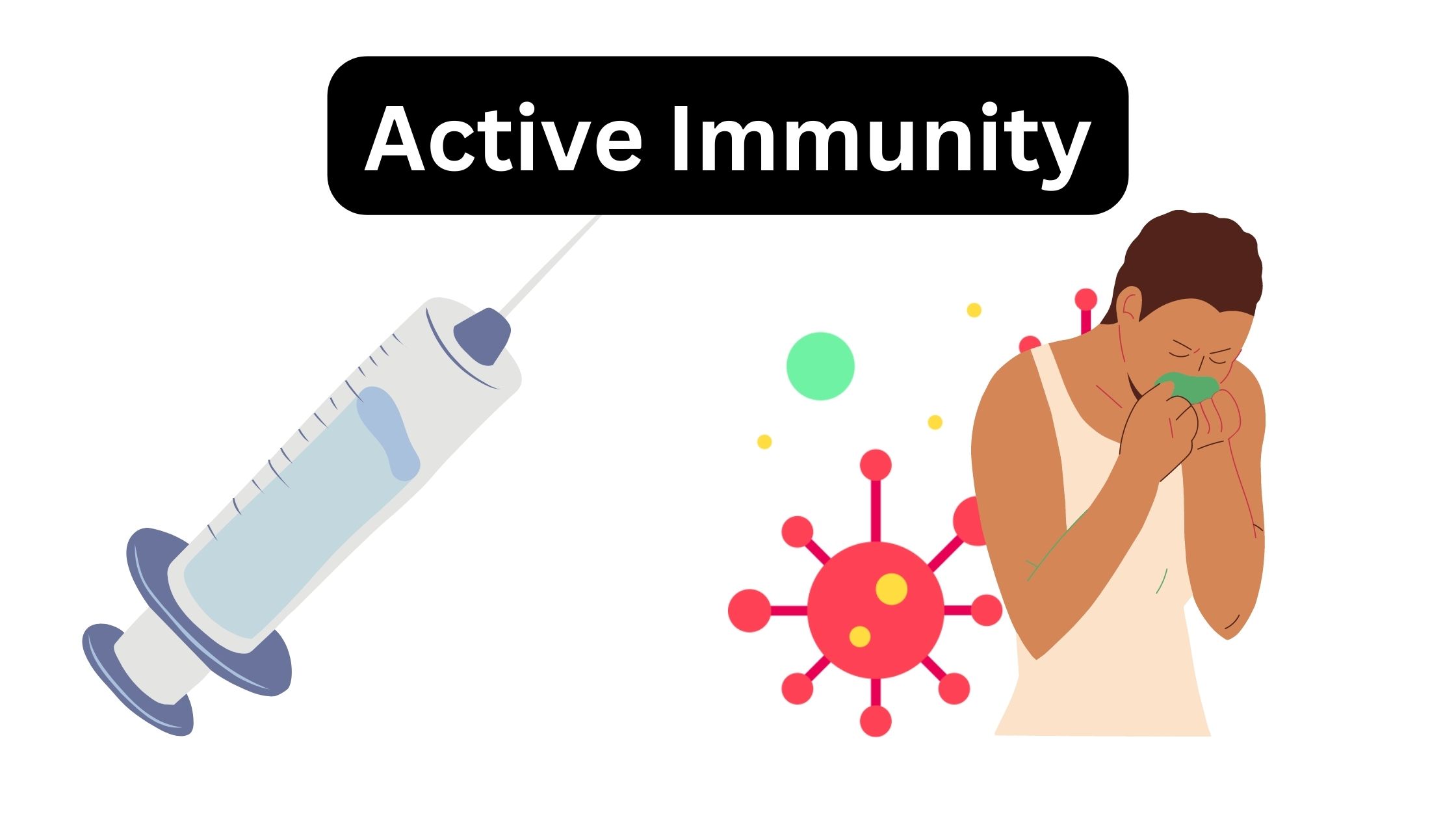Innate Immunity – Definition, Types, Mechanism
What is Innate Immunity ? Definition of Innate Immunity Innate immunity refers to the body’s natural, non-specific defense mechanisms that provide an immediate response to invading pathogens without prior exposure. It serves as the first line of defense against infections and is present from birth. Features of Innate immunity Innate immunity possesses distinctive features that contribute … Read more

